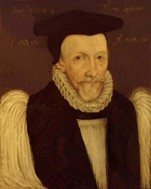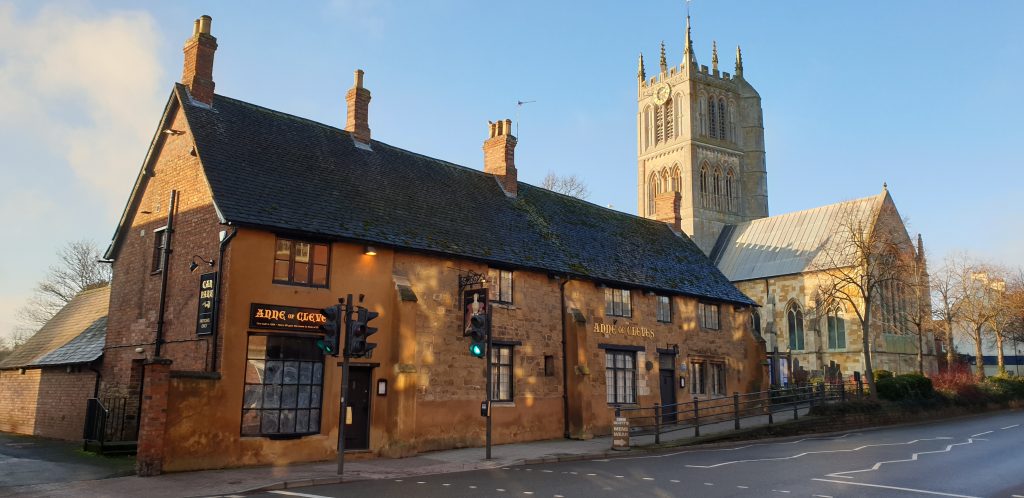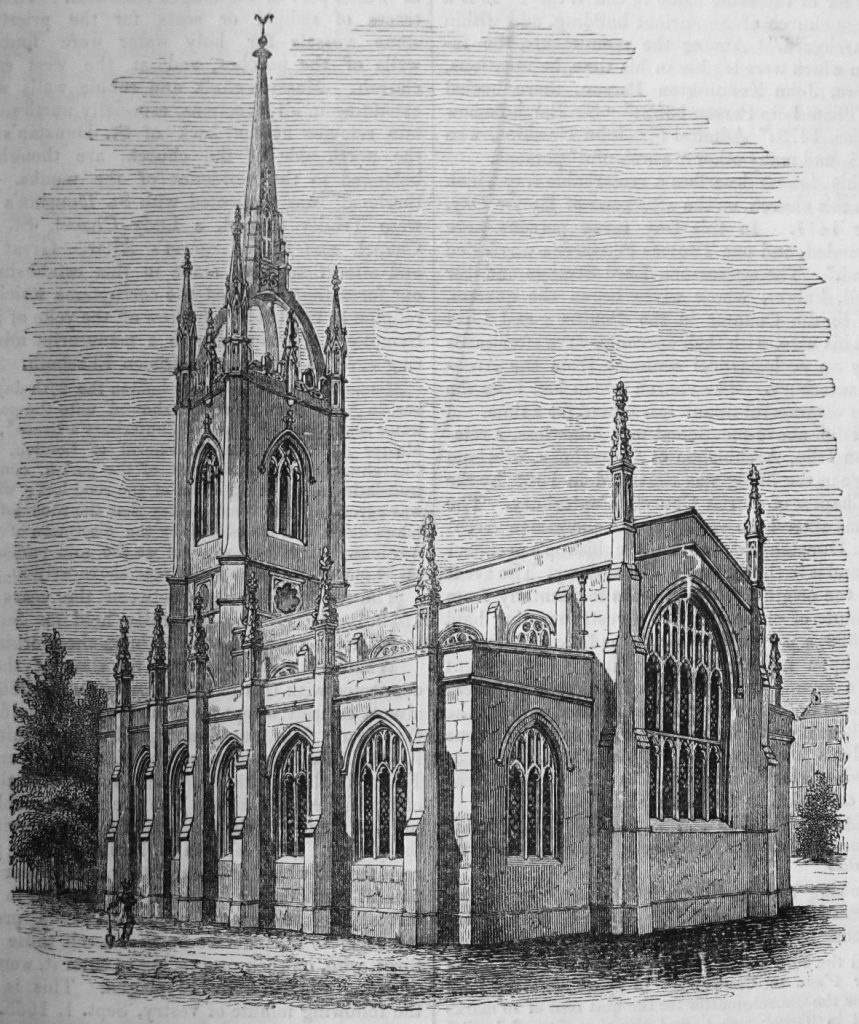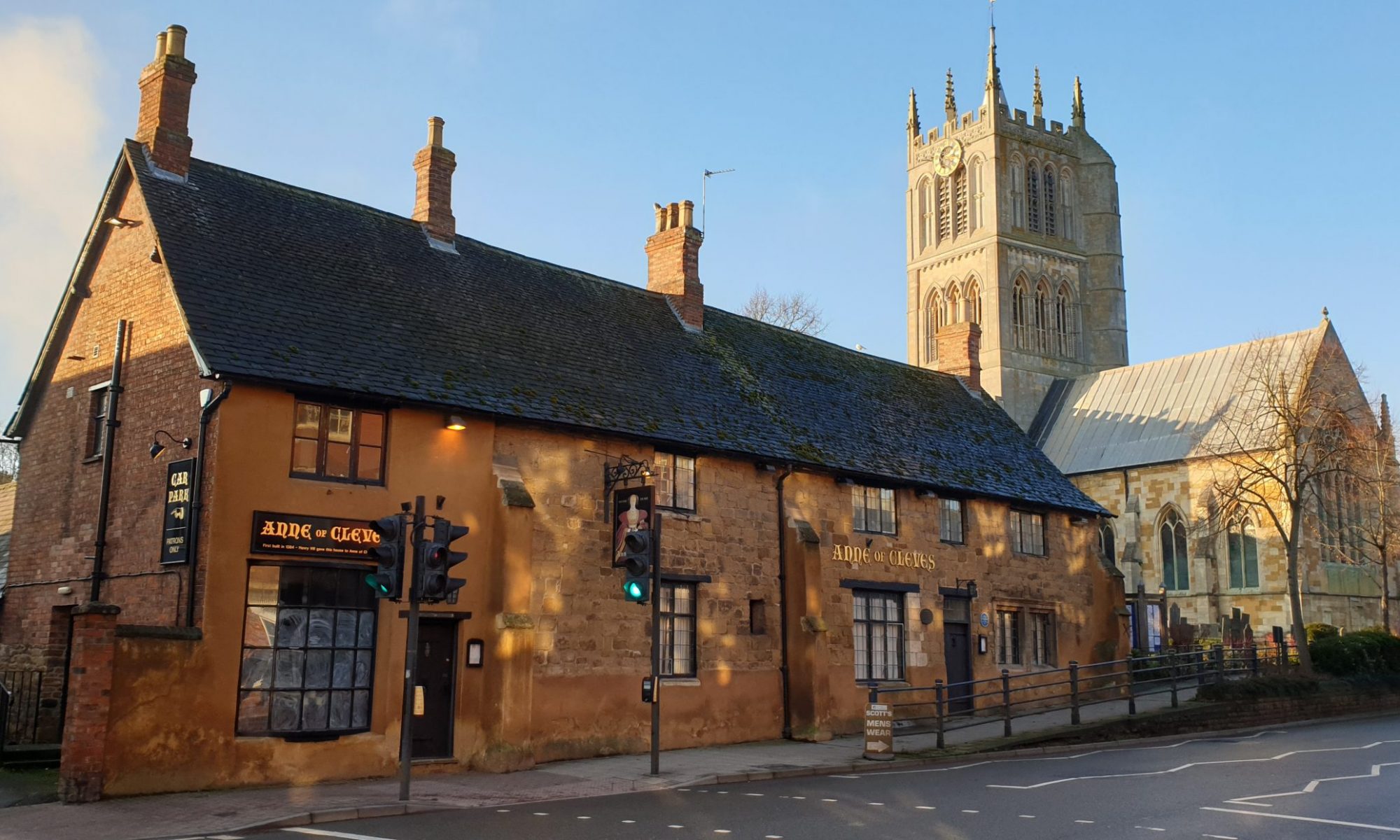Did you know that a Meltonian was one of the most important civil servants in Tudor England?

William Gonson was born in 1482 in Melton Mowbray. His parents were Christopher Gonson and his wife, Elizabeth (nee Trussell). William’s brother, Bartholomew, became the Vicar of Melton Mowbray.
Not a lot is known about his early life, but William became a ship owner and merchant who sailed in government service and later directed shipping movements becoming one of the most remarkable civil servants in the Tudor period.
He was certainly a clerk in the navy storehouse at Deptford, Kent, receiving ropes and artillery pieces (1513) and armorial banners (1514) for ships.
He had already made his fortune through his merchant shipping before he began a naval career. It was as a public servant for the navy that he rose to prominence. He nearly single-handedly managed the Royal Navy for over twenty years.
In 1509, William married his wife, Bennett Benedicta Walter in Deptford, Kent. Together they had six sons: Richard, David, Christopher, Arthur, Benjamin and Anthony as well as three daughters Elizabeth, Avis, and Thomasine. They resided in Thames Street, London, in the parish of St Dunstan-in-the-East.
Gonson was well paid, both from his naval appointments and as one of Henry VIII’s squires of the body, though his great wealth probably came through his commercial activities. In 1525 he was a warden of the Grocers’ Company, and he may by then have owned the ‘great Mary Grace’, which traded to the Greek islands. Thus, in 1530, he was one of twenty-two merchants trading with Candia (Crete); and in circa 1534 his ship Matthew Gonson (300 tons), with his son Richard as captain, sailed with a consort to Chios (where Richard died) and Candia (Crete).
William was finally made an officer of the Navy in 1536 and became the English Vice-Admiral of Norfolk and Suffolk.

The priory, what we know today as the Anne of Cleves pub, was owned by the Lewes Priory and in 1532 they leased the property to William Gonson, brother of the vicar, for 55 years. However, following the dissolution of the Lewes Priory in 1537, the rectory of Melton Mowbray with its tithes from Welby went to Thomas Cromwell and after his execution in 1540 the rectory reverted to the Crown and given to Anne of Cleves as part of the divorce settlement.
In March 1539 foreign merchants’ goods in an unidentified ship of Gonson’s were valued at 50,000 marks sterling (over £33,000), and in 1541 he was assessed for subsidy on £1000. In 1524 he became keeper of the storehouses at Deptford and Erith, Kent, and an usher of the King’s chamber, and for part of the period 1532–7 he handled sums of money totalling more than £15,589. Hence he was concerned with rigging warships, paying money for wages and victualling, purchasing masts, repairing Thames forts, building ships (for example, the Galley Subtile).
In 1539 he was responsible for sending a fleet to bring Anne of Cleves from Calais to Dover for her marriage to Henry VIII. He was vice-admiral—the first in England—of Norfolk and Suffolk from 1536 until 1543, and held courts at Kings Lynn and elsewhere.
William’s son, David Gunson, was admitted to the prestigious Order of the Hospital of St John of Jerusalem in 1533 and became a Knight of Rhodes, as the Knights of Malta were still known. His spirited career in that Order is documented in The Book of Deliberations of the Venerable Tongue of England 1523-1567… published in Malta in 1949 by Hannibal P. Scicluna.

His bête noir in the Order was his fellow knight Sir Philip Babington with whom he quarrelled in 1535, and suffered imprisonment as a result. On a visit to England in 1540 it was Babington who informed on him, declaring that Gunson denied that Henry VIII was the Supreme Head of the Church of England and that the King and his supporters were in effect heretics. Gunson was confined to the Tower, had no trial, and was condemned to death under a bill of attainder. He was removed to the King’s Bench prison, Southwark, and on 12 July 1541 he was dragged on a hurdle to St Thomas Waterings, the second milestone from the city, where he suffered a traitor’s death.
The event was chronicled by Charles Wriothesley as follows: “1541. The 12th daie of Julie, one of Mr. Gunston’s Sonnes which was a Knight of Rodes, was drawen from the Kinges Bench to Sainct Thomas Wateringes and there hanged and quartered for treason.”
Following his death, David was posthumously dubbed “The Good Knight”. He was beatified in 1929 as Blessed David Gonson, a martyr for religious principles. He was hanged, drawn and quartered at Southwark (London) on 12 July 1541 under the English Act of Supremacy.
William died in 1544, after falling from grace, leaving the Navy disorganised. It took two years for Henry VIII to reorganise control. William Gonson’s son, Benjamin Gonson, became the Treasurer of the Navy and helped Henry regain control.
Benjamin became one of the founding members of the ‘Navy Board,’ responsible for the day-to-day administration of the Navy, which ran from 1546 to 1832. Benjamin Gonson was Treasurer of the Navy when Queen Elizabeth came to the throne in 1558 and held the post until his death in 1577
Plainly, William Gonson’s responsibilities imposed great strain, particularly with the Anglo-French war (1543–6), and in 1544 (before 5 August, when Benjamin was accounting) he ‘feloniously killed himself’ (LP Henry VIII 20/1, no. 125/7).

A suicide’s body had, by law, to be buried, with a stake through the heart, near local crossroads: Gonson was interred in his parish church, St Dunstans in the East, which suggests that matters were hushed up.
No will or administration has been found. Gonson’s value to his country was recognized, after his death, by the creation of a ‘navy board’ to replace him.
